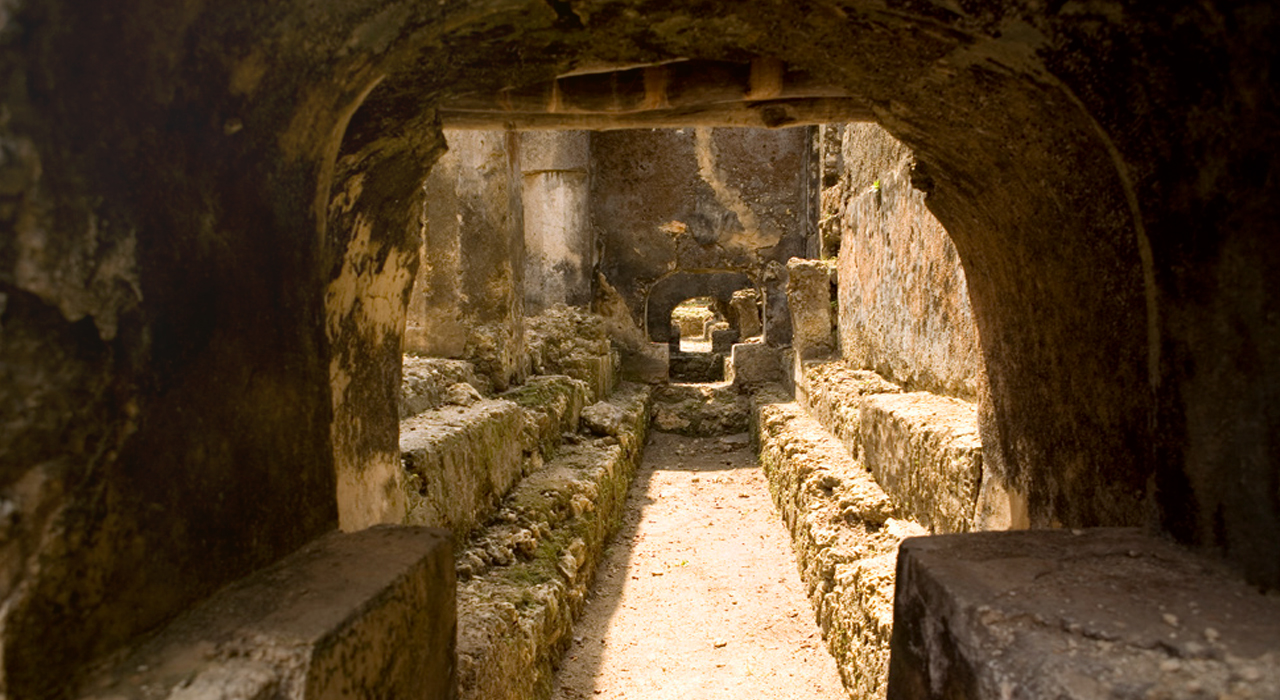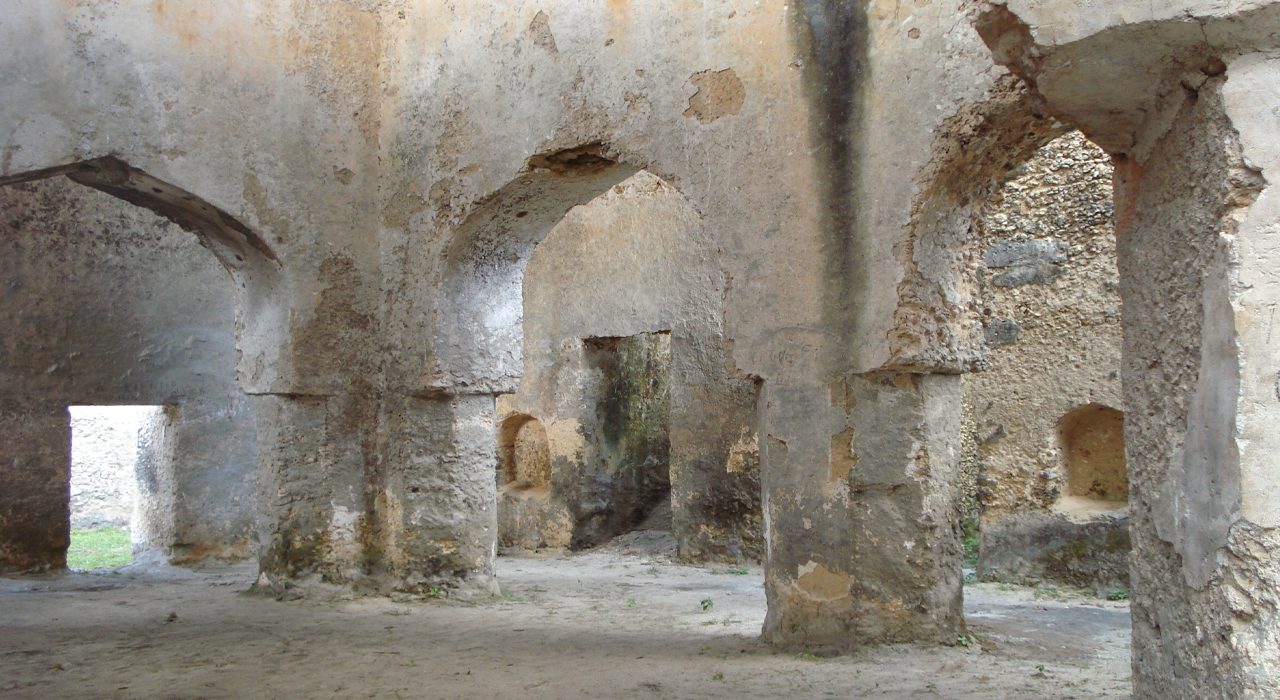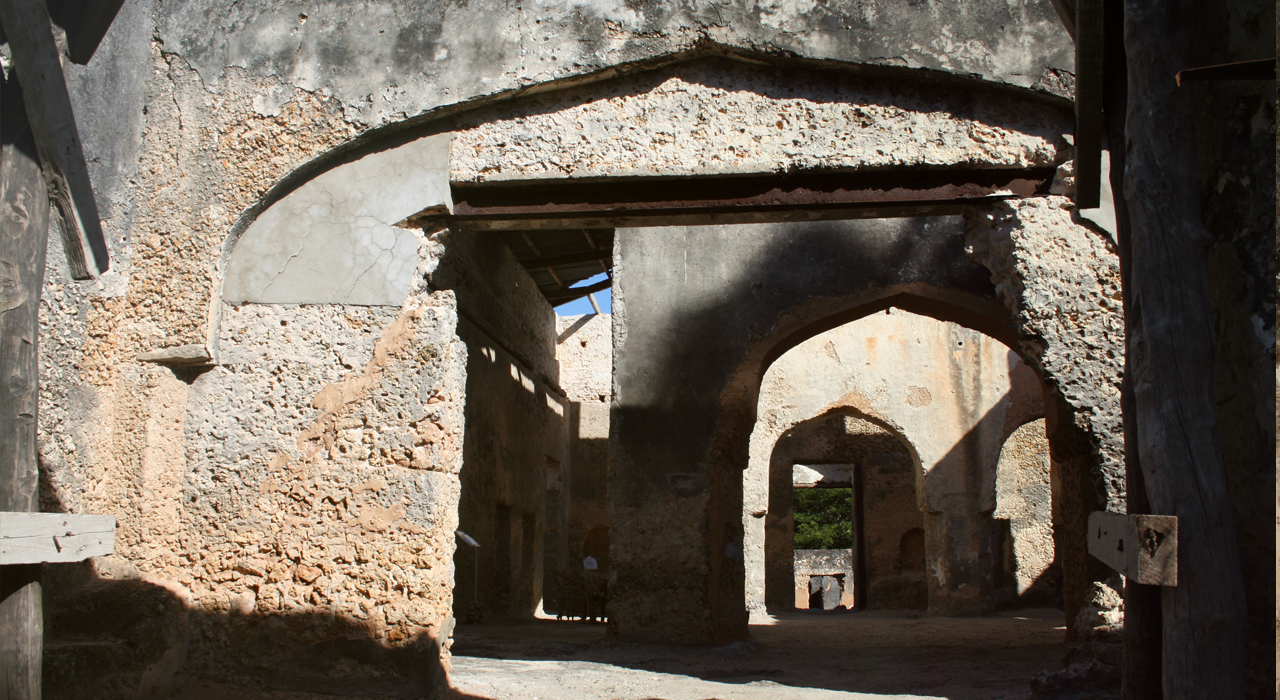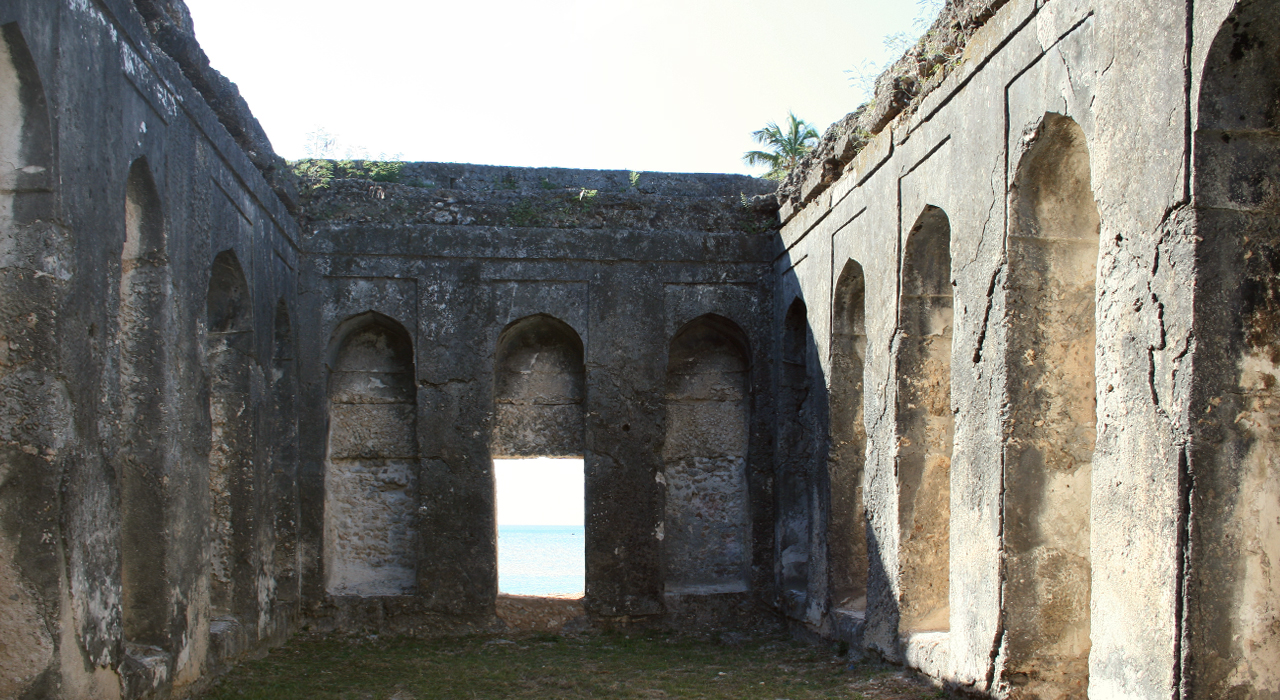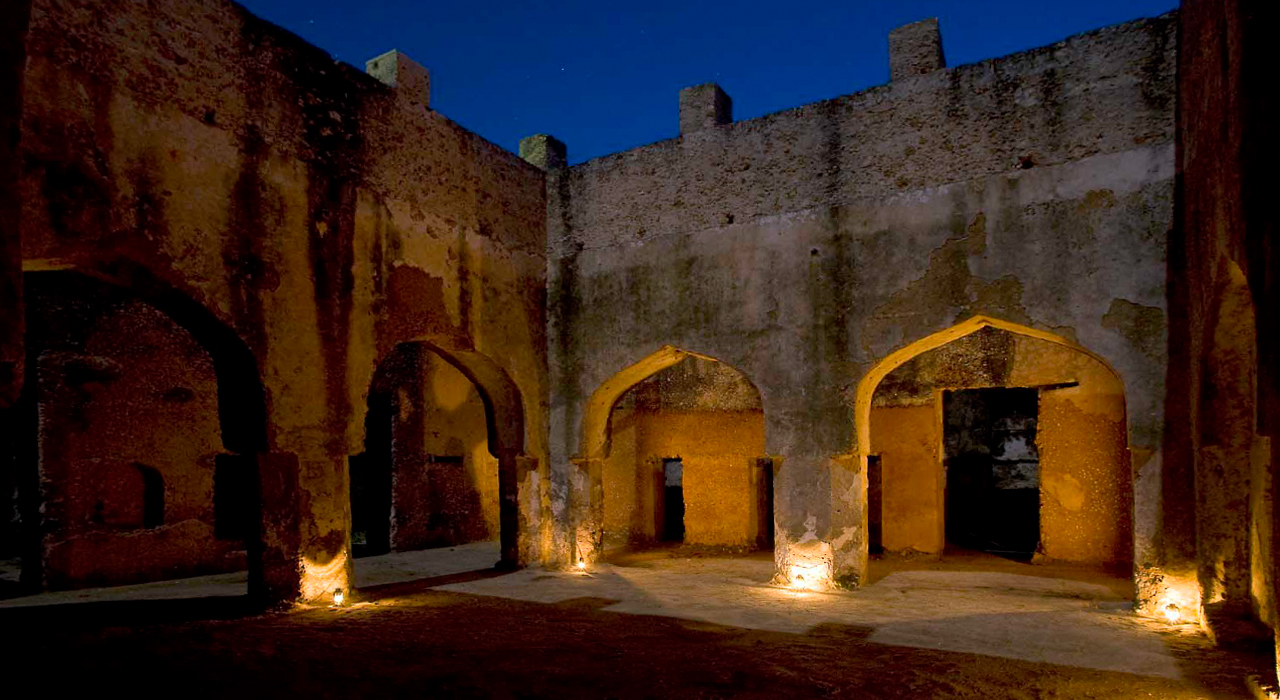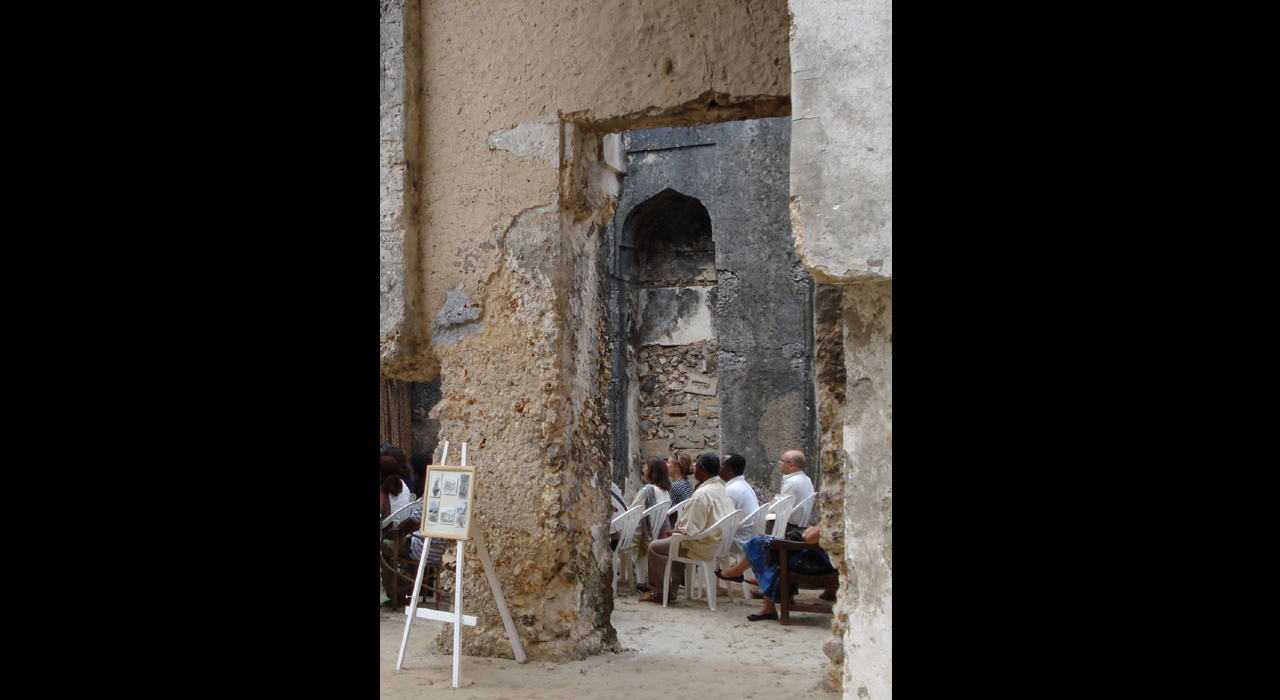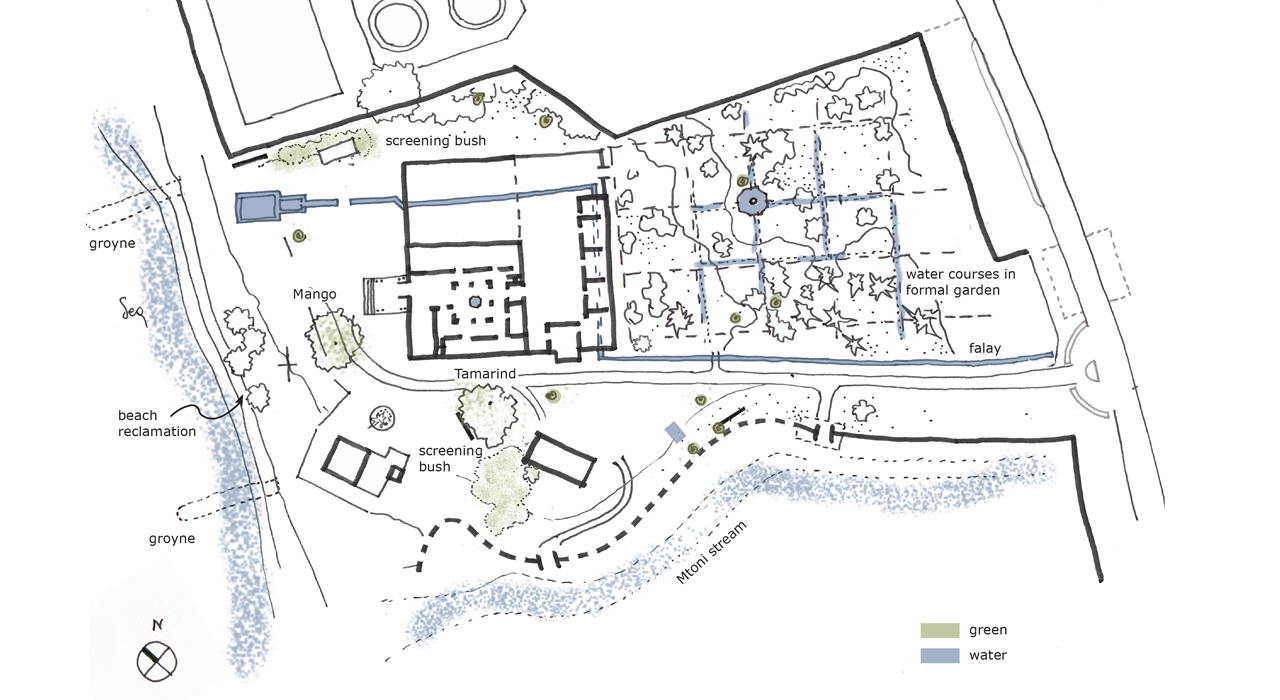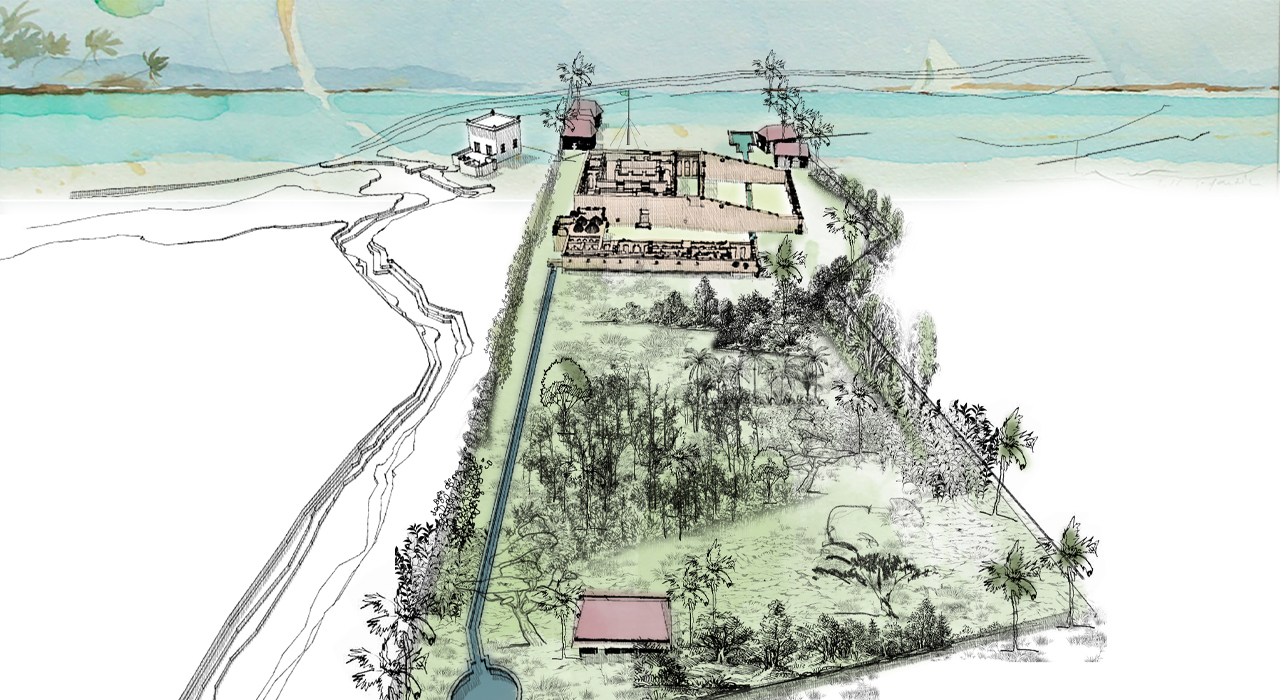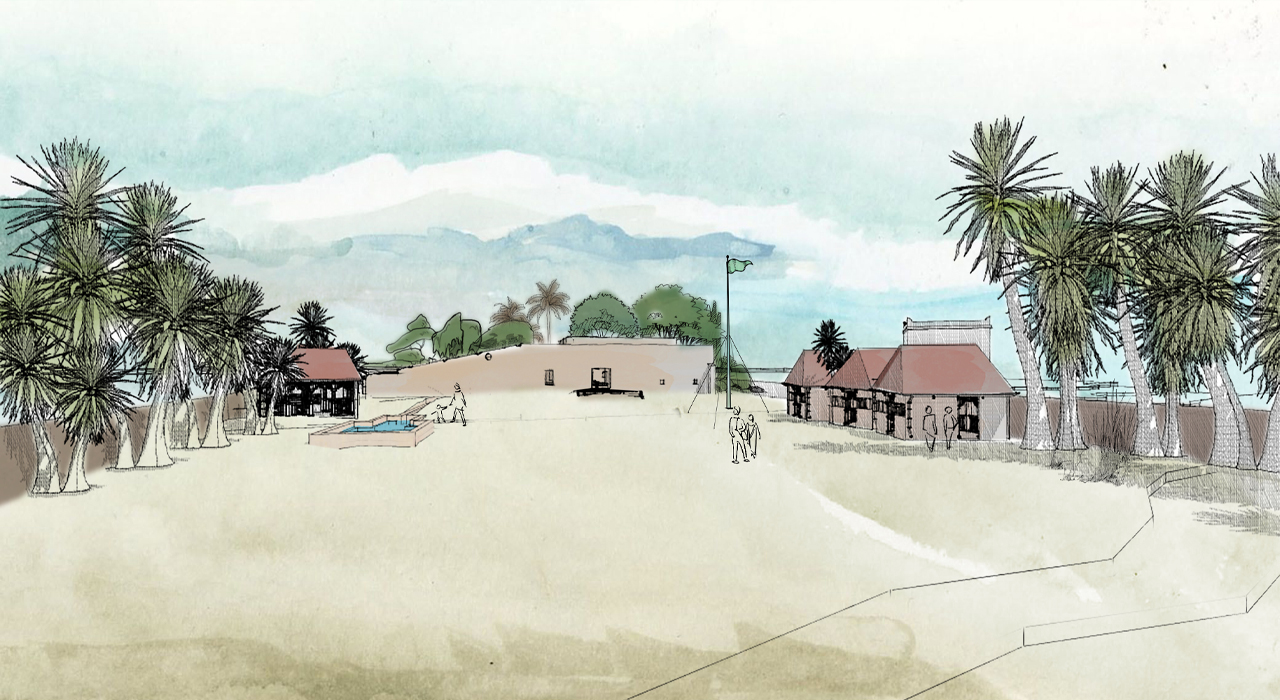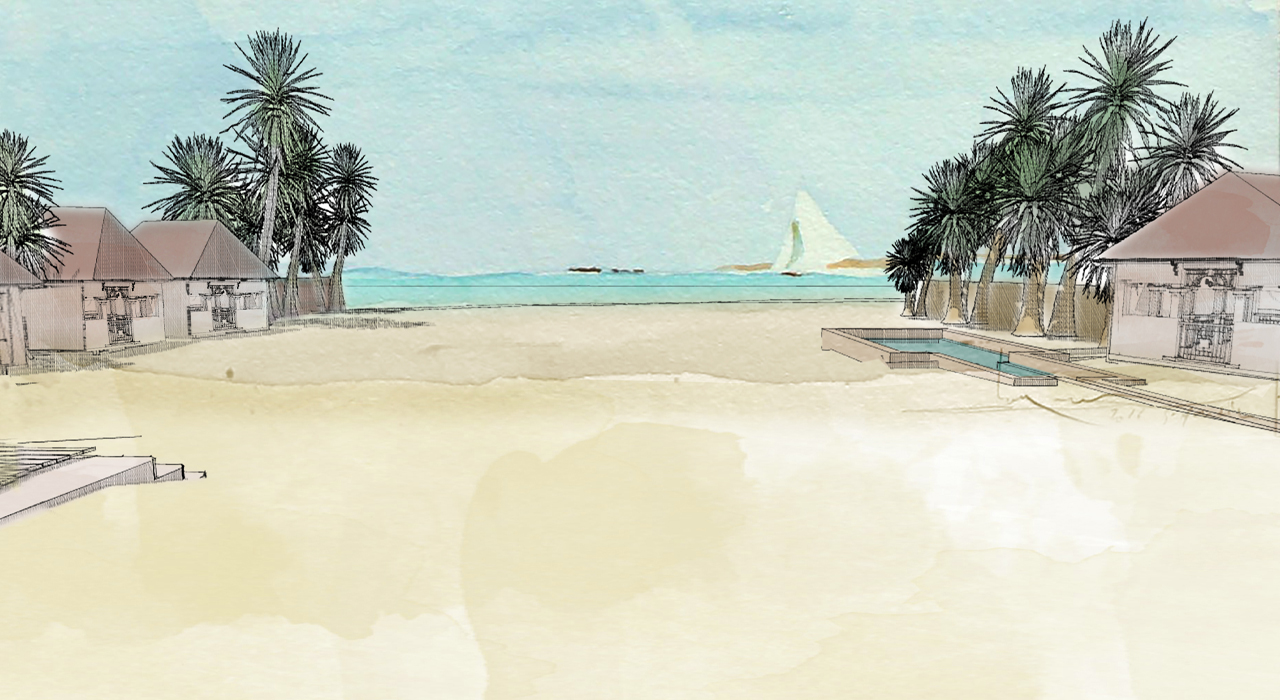Mtoni Palace conservation & restoration, Zanzibar, Tanzania
Mtoni Palace
Mtoni Palace is a listed monument, located just outside Zanzibar Stone Town along the seashore. The palace has been in ruins since the late 19th century, but was once the main residence of the Sultan of Oman and Zanzibar, Sultan Seyyid Said. Besides, its famous gardens were home to the first clove trees planted on the island and to become one of the main pillars of Zanzibar's economy.
The palace and the grounds were in danger of being substantially rebuilt as a casino, luxury hotel or maritime museum at the end of the 20th century. Together with the owner of the Mtoni Marine Hotel, Nicola Colangelo, we realised that the ruins needed more protection and conservation. We conducted desktop research on the ruins in cooperation with Prof Abdul Sheriff and Delft University of Technology and a substantial site survey and excavations were carried out under the archaeologist Abdurahman Juma of the Sokoine University in Morogoro. The research results were published in a guide book ' Mtoni - Palace, Sultan & Princess of Zanzibar' (2010).
Meanwhile, conservation works were done on site, including garden restoration, re-alignment of the famous 'falaj' (watercourse), removal of 20th century industrial additions and encroachments, as well as consolidation of the building. Afterwards, a small section of the bath complex was reroofed to house a small storage and museum to expose the excavation finds. Subsequently, the central court was cleared up and used for frequent cultural events such as open air dance shows, concerts and conferences.
In 2015 we drafted a masterplan for the future redevelopment of the complex, focusing on women well-being, health and beauty. This was to include a herbal garden, revamping of the bath complex, massage and henna-painting accommodation as well as handicrafts workshops and stores.
Project Details
| Name | Mtoni Palace conservation & restoration |
| Location | Mtoni, Zanzibar |
| Date of Design | 2006-2014 |
| Area | 2,600sqm |
| Project Costs | 4,000,000usd |
| Client | Own initiative, financing through ArchiAfrika, Royal Netherlands Embassy Tanzania and private funders |
| Partners | ArchiAfrika and African Architecture Matters |


